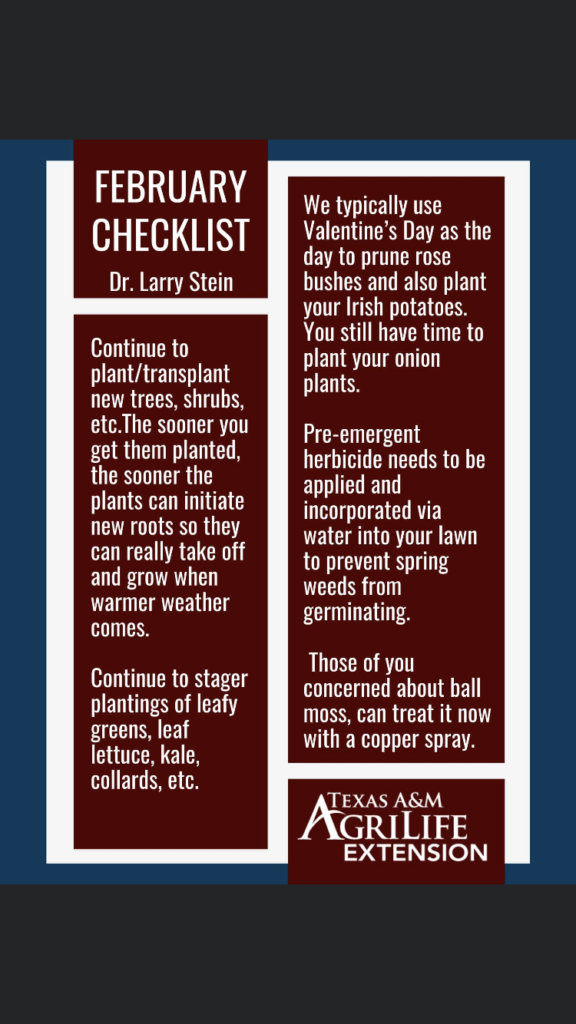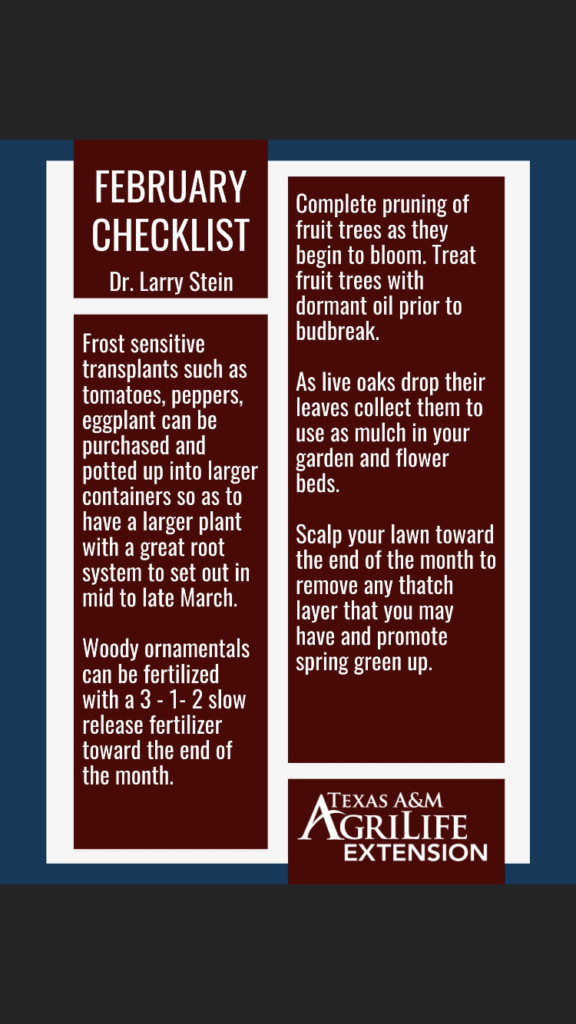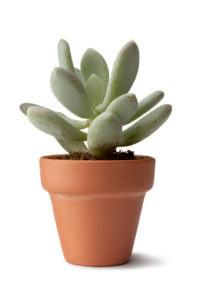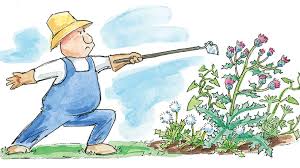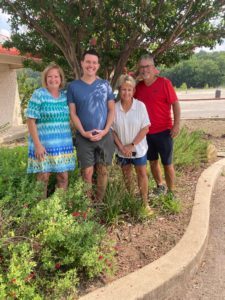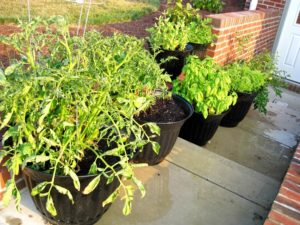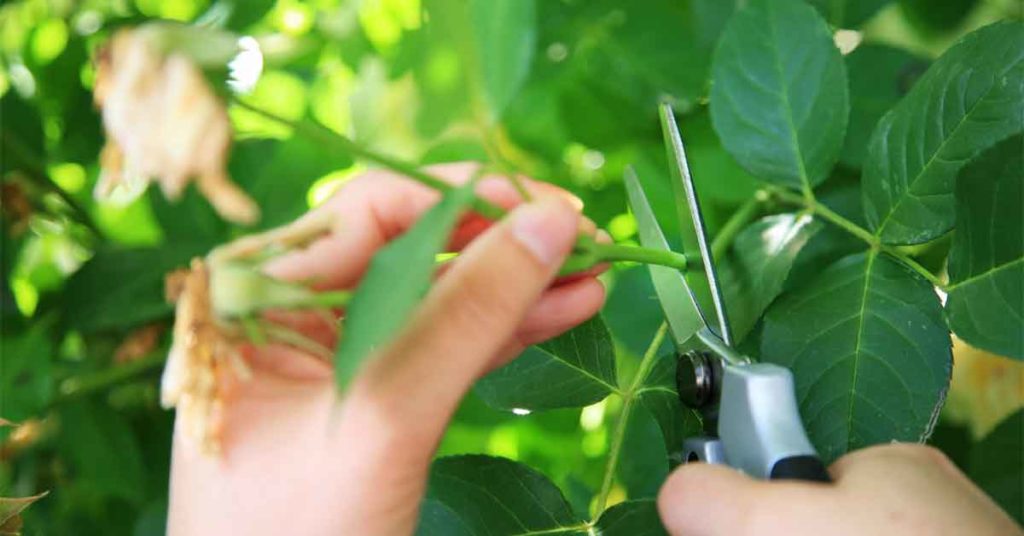
Join us for our next Community Horticulture Education Series (CHES) program, Plant Propagation Training and Workshop, on Monday, March 21, 2022, at 6:30pm at the Somervell County Citizen Center, 209 SW Barnard, Glen Rose. Our own Monty Anderson will be teaching one of the most successful techniques of plant propagation, using stem cuttings. Propagation from cuttings allows you to add additional desirable plants to your landscape at very little expense. The resulting plant will be a copy or clone of the mother plant with all its characteristics. Monty will be demonstrating this very simple technique and then you will have the opportunity to prepare and take home your very own cutting! If you have a plant you would like to clone, or can get one from a friend, please bring a good size stem cutting (3- to 6-inch-long piece from a healthy portion of the parent plant’s stem) and a clean 4” pot. We will have some cuttings, all materials, and pots available if you’d like to use and take home one of ours!!
Monty Anderson recently transferred to Somervell County Master Gardeners from Tarrant County Master Gardener Association. Retiring after 38 years with Bell Helicopter, Monty certified as a Texas Master Gardener in 2016 and is a Certified Plant Propagation Specialist and Master Composter.

